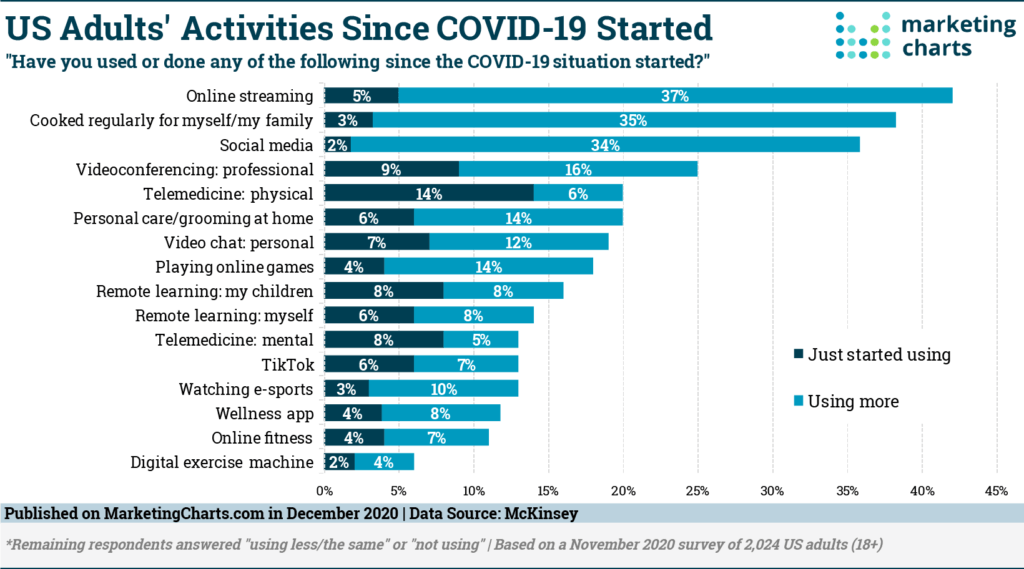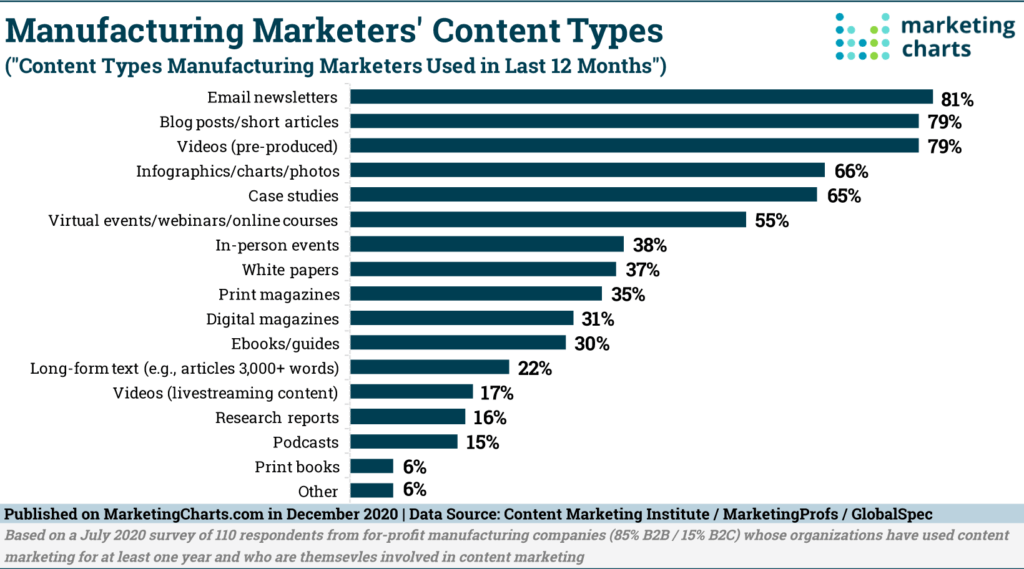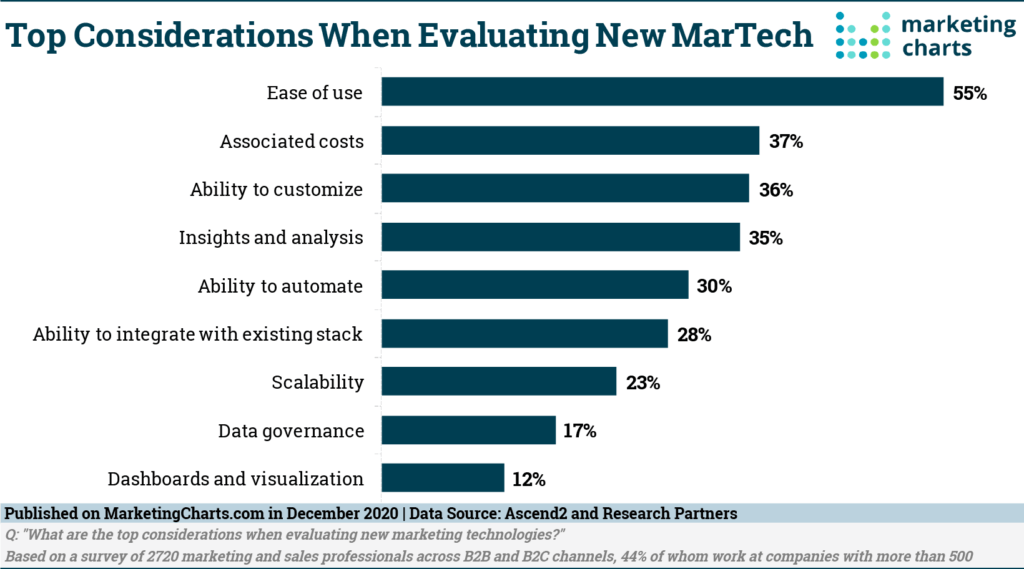This past year has been full of unexpected twists and turns. With the shift to remote work practically overnight, companies were required to adapt. For marketing teams specifically, the need to reach consumers not only where they are, but also how they want to be reached has changed drastically.

New data by McKinsey reports consumer behavior has altered, spurred by the pandemic. Online streaming and other aspects providing video content have boomed.
For example, TikTok, along with other visual methods like video chat, online fitness, and more, have grown significantly in both new use and an increased amount of use.
As the future of marketing continues to adapt, we will see one key component of business operations prevail: video.
Video-based content will explode
Due to the pandemic, operations for businesses have shifted gears, however, many companies are not going to go back to work as they did before. Businesses no longer have the availability to reach consumers in person or face-to-face, however, the need for personalization and human engagement still drives interaction between consumer and company.
With video emails, video content, and other visual tools incorporated in outreach strategies, companies need to adapt their initiatives to create their own video content that grabs consumers’ attention and encourages engagement.
Content types have focused on visual aspects from pre-recorded videos to live-streaming and more. Due to this shift, we will see video-based content management solutions that are secure, reliable, and scalable for small to large enterprise businesses quadruple in size in order to fill this gap of interaction and communication between businesses and their customers.

Video on-demand will be the standard
Consumers’ attention spans continue to diminish, as most people lose their concentration after eight seconds. With the smaller time frame to grab attention and present information, quick and easily distributed content will be the new standard for companies to meet the needs of the changing consumer landscape.
Businesses will begin to use a more “TikTok-esque” method of communication to meet these expectations. Quick, searchable videos that provide the necessary information while maintaining attention will be the standard of communication, both internally and externally.
We will see companies come up with creative ways to use video on demand, whether that be for training employees, providing information to customers, or conducting outreach to prospects. All types of businesses will accept easily-accessible and digestible content as a standard.
AI for video gets smarter
Artificial intelligence within video is not going away, but rather is getting smarter. As video dominates the market for communication and portraying information, we will see true AI predict and prescribe the content people are looking at and for.
Similar to the TikTok “for you” page or your Instagram “suggested posts,” true AI for videos can predict the content people are looking at, the types of subject lines or content that is the hottest, and for how long they are viewing it.
With data collection and AI functionality, businesses can utilize this technology and information to enhance their video-based content and drive consumer engagement.

As we transition into the new year, new marketing tools will be implemented to make teams more efficient and better adapted to a virtual environment. For martech tools specifically, ease-of-use and customization have become top priorities in implementing and delivering a great customer experience. To meet the evolving needs of consumers, video content and visuals will increasingly be used as a tool to reach audiences and provide a personalized customer experience.
About the Author: Sean Gordon, CEO, vidREACH. Sean has an extensive track record recruiting, hiring, training, and unlocking the talent of people. For 20 years, Sean has been on the front lines of business across North America. He started with AT&T, where he built award-winning teams in sales and operations from coast to coast. He delivered equally stellar results for EMC, Aetna and West Corporation before becoming CEO of a technology company in need of innovation. Sean founded vidREACH.io to revitalize and personalize communication through the power of video. Sean has created new lines of business, reinvigorated stagnant company cultures, and mentored hundreds of employees who have gone on to do great things.vidREACH is a personalized video email and sales engagement platform that helps businesses engage their audiences, bring in more leads and close more deals. With a goal to help all teams reach their full potential, vidREACH provides full-scale lead generation strategies for customers looking to expand their reach beyond traditional methods.
